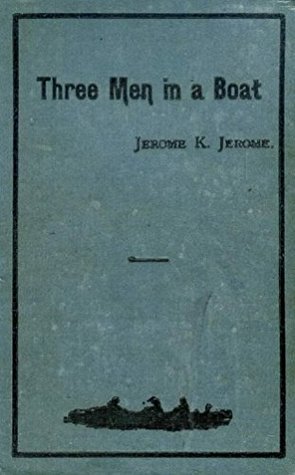Kyningestun!
Kingston upon Thames (hyphenated until 1965, colloquially known as Kingston) is a town in the Royal Borough of Kingston upon Thames, southwest London, England. It is situated on the River Thames and 10 miles (16 km) southwest of Charing Cross. It is notable as the ancient market town in which Saxon kings were crowned and today is the administrative centre of the Royal Borough of Kingston upon Thames.
Kingston upon Thames History
The National Gazetteer of Great Britain and Ireland - 1868
KINGSTON-UPON-THAMES, a parish, post and market town, and municipal borough, in the first division of the hundred of Kingston, county Surrey, 10 miles from Vauxhall Bridge, 10 from Hyde Park Corner, and 12 S.W. of London. It is a station on the South-Western railway. A railway diverging from the Windsor line at Twickenham also runs into the Old Town. It is situated at the junction of the New-Mill river, formerly called Hogsmill or Ewell, with the Thames.
It was called by the Saxons Moreford, but subsequently took the name of Kyningestun, from its having been held in royal demesne, and the place in which many of the Saxon kings were crowned, among whom were Athelstan, Edwin, Ethelred, Edward the Elder, Edmund, Edward the Martyr, and Eldred. Near to the assize court is the coronation stone of the above kings, which is 3½ feet long. It was newly railed in 1850, when coins of the same kings were placed therein.
Kingston of late has greatly increased in population, and contains many handsome villas, the residences of merchants and tradesmen residing in London. The town is well paved, lighted with gas, and well supplied with water, partly by pumps and partly from a conduit on Combe-hill, the water of which is conveyed by pipes under the river Thames, laid down by Cardinal Wolsey for the supply of Hampton Court Palace. The streets have been much widened and improved, and near the station of the South-Western railway an entirely now town has been formed.
The noble five-arched bridge of Portland stone connecting Hampton Wick with Kingston was completed in 1828, at a cost of £40,000, in lieu of a wooden one built prior to the reign of Henry III. In connection with this bridge we may mention a curious petition still extant in the Public Record Office, of the king's footmen to Charles II. praying a grant of the fines which may he imposed on the bailiffs of Kingston (they prosecuting the suit at their own charges), for pulling down a part of Kingston Bridge, purposely to raise a benefit for the bailiffs there by the use of ferry boats to convey passengers, in consequence of which abuse, no watch being kept at the bridge, two children were drowned in the night.
There are malt houses, corn, flax, and oil mills, with breweries and a distillery. The public buildings are, the townhall, house of correction, now used for the barracks of the county militia, county court, gas works, corn and cattle market, union poorhouse, burial board, and police station. Kingston is governed by a mayor, 8 aldermen, and 24 councillors, and is divided into four wards, each ward returning six members.
A county court is held every fourth Tuesday for the parishes in Kingston hundred, and petty sessions are held every Thursday for the county, and every Wednesday for the borough. The quarter sessions are held in October. The Lent assizes are also held here. It is a polling place for East Surrey, and was once a parliamentary borough, returning members to the parliaments from 4 Edward II. to 47 Edward III.


